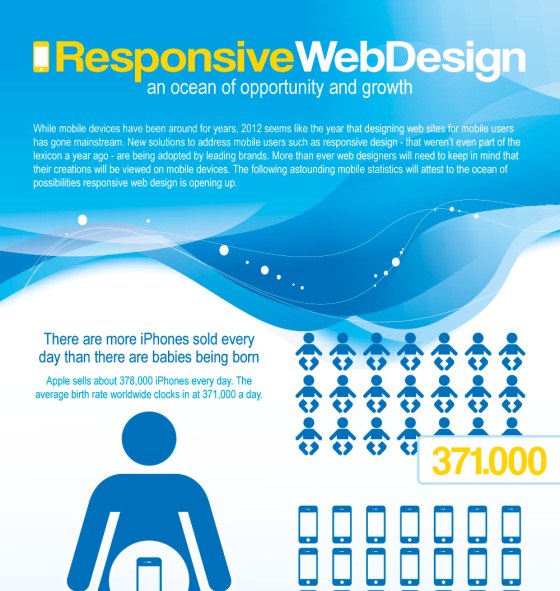The Improvement Of Online Platforms: A Journey Via Time
The Improvement Of Online Platforms: A Journey Via Time
Blog Article
Content Composed By-Monroe Dodson
In the past, internet sites were easy and concentrated on details. Navigation was straight, and design was for desktop computers. Now, individual experience is essential. Data overviews styles for simple navigation. Receptive layouts match different gadgets. Today, dark setting reduces stress, and minimal food selections enhance navigating. Interactive functions engage customers, and vibrant visuals stand apart. AI integration enhances interaction. See how style has actually progressed to boost your on-line journey.
Very Early Days of Web Design
In the early days of web design, simpleness reigned supreme. Web sites were basic, with restricted shades, typefaces, and formats. The focus was on providing details instead of showy visuals. Customers accessed the web with slow-moving dial-up connections, so rate and capability were essential.
Navigating food selections were straightforward, commonly situated on top or side of the web page. Internet sites were made for computer, as mobile browsing wasn't yet common. Web content was king, and developers prioritized simple readability over complicated style aspects.
HTML was the key coding language utilized, and designers needed to function within its restrictions. Computer animations and interactive features were minimal compared to today's criteria. Web sites were fixed, with little dynamic web content or individualized customer experiences.
Rise of User-Focused Layout
With the advancement of internet site design, a change towards user-focused layout principles has actually become significantly noticeable. Today, developing sites that focus on individual experience is crucial for engaging visitors and achieving business objectives. User-focused design includes recognizing the requirements, preferences, and habits of your target audience to tailor the website's design, content, and includes accordingly.
Developers now carry out extensive research study, such as user studies and usability screening, to gather insights and responses straight from individuals. https://emailmarketingconsultant95162.bloggosite.com/36419368/discover-how-to-properly-draw-in-neighborhood-customers-using-local-search-engine-optimization-methods-while-additionally-acknowledging-the-wider-outreach-possibilities-of-typical-seo-discover-the-necessary-differences-between-the-two-strategies -driven strategy aids in producing intuitive navigation, clear calls-to-action, and visually enticing user interfaces that reverberate with visitors. By placing https://www.searchenginejournal.com/content-optimization/ at the facility of the design process, web sites can provide a much more customized and delightful experience.
Responsive layout has likewise emerged as a vital aspect of user-focused design, making sure that web sites are optimized for various tools and display dimensions. This adaptability improves ease of access and use, accommodating the varied ways individuals engage with internet sites today. Basically, the rise of user-focused design indicates a change in the direction of creating electronic experiences that focus on the needs and expectations of completion individual.
Modern Trends in Website Design
Explore the most up to date trends forming web design today. One popular trend is dark mode layout, providing a streamlined and modern-day look while reducing eye pressure in low-light atmospheres. Another essential trend is minimalist navigation, streamlining food selections and boosting customer experience by concentrating on essential elements. Integrating micro-interactions, such as computer animated switches or scrolling effects, can create an extra appealing and interactive web site. Responsive design continues to be essential, ensuring seamless customer experiences throughout numerous gadgets. In addition, using bold typography and asymmetrical layouts can include aesthetic rate of interest and accentuate particular web content.
Integrating AI technology, like chatbots for consumer support or customized referrals, improves customer interaction and enhances procedures. https://affiliatemarketingcheck97531.blogrenanda.com/35843739/improve-your-pay-per-click-campaigns-with-sophisticated-keyword-research-techniques-that-will-change-your-advertising-and-marketing-method-learn-how has also come to be a substantial fad, with designers focusing on inclusive layout methods to accommodate varied customer requirements. Welcoming sustainability by optimizing internet site performance for rate and efficiency is an additional emerging fad in website design. Teaming up with user comments and data analytics to iterate and improve layout continually is important for remaining appropriate in the ever-evolving electronic landscape. By embracing these contemporary fads, you can produce an aesthetically attractive, straightforward internet site that resonates with your target market.
Verdict
As you assess the evolution of site design from the very early days to currently, you can see just how user-focused layout has come to be the driving force behind contemporary trends.
Accept the journey of change and adjustment in web design, constantly keeping the customer experience at the leading edge.
Remain current with the current patterns and modern technologies, and never ever stop developing your method to develop aesthetically stunning and user-friendly web sites.
Progress, adapt, and produce - the future of web design remains in your hands.
